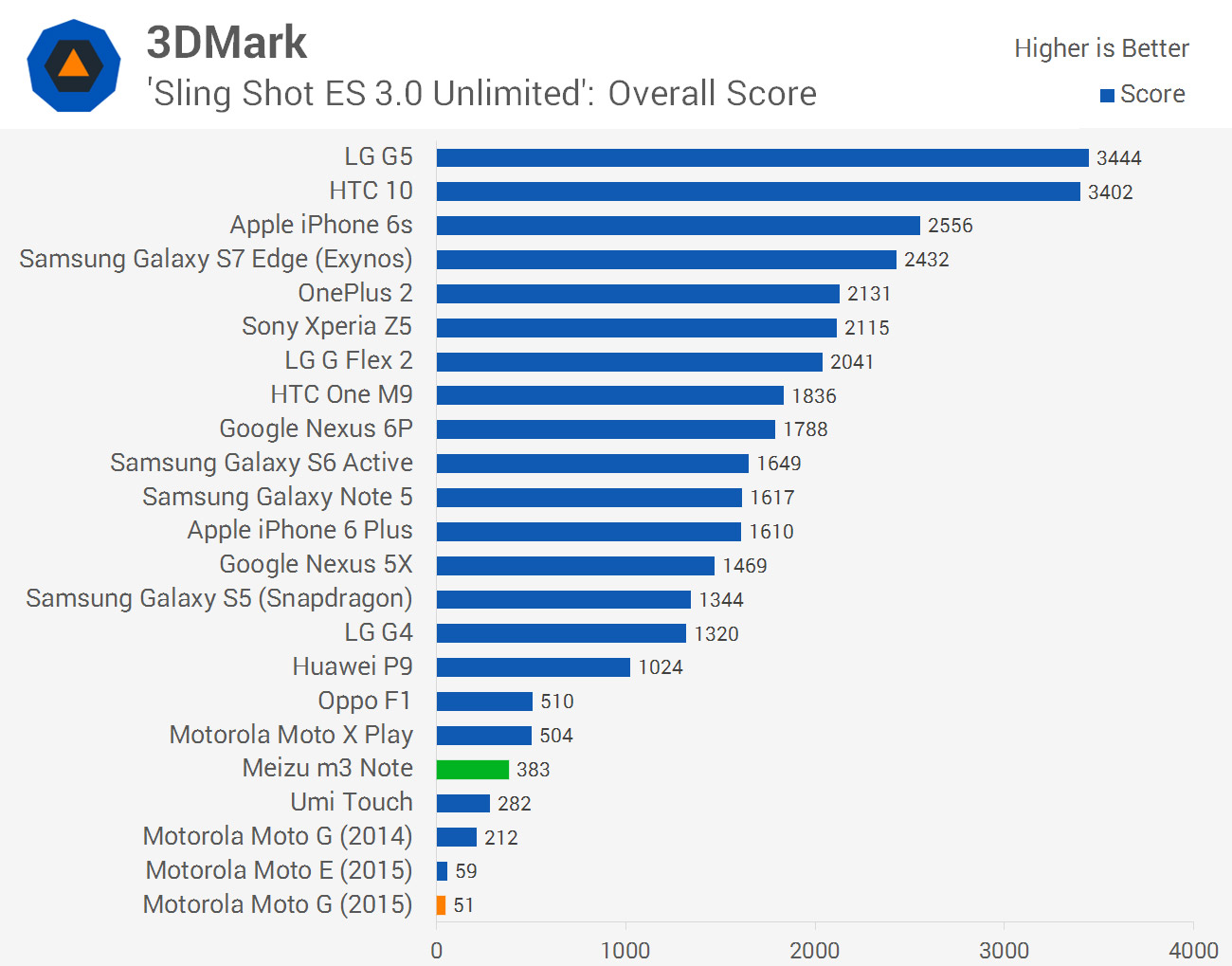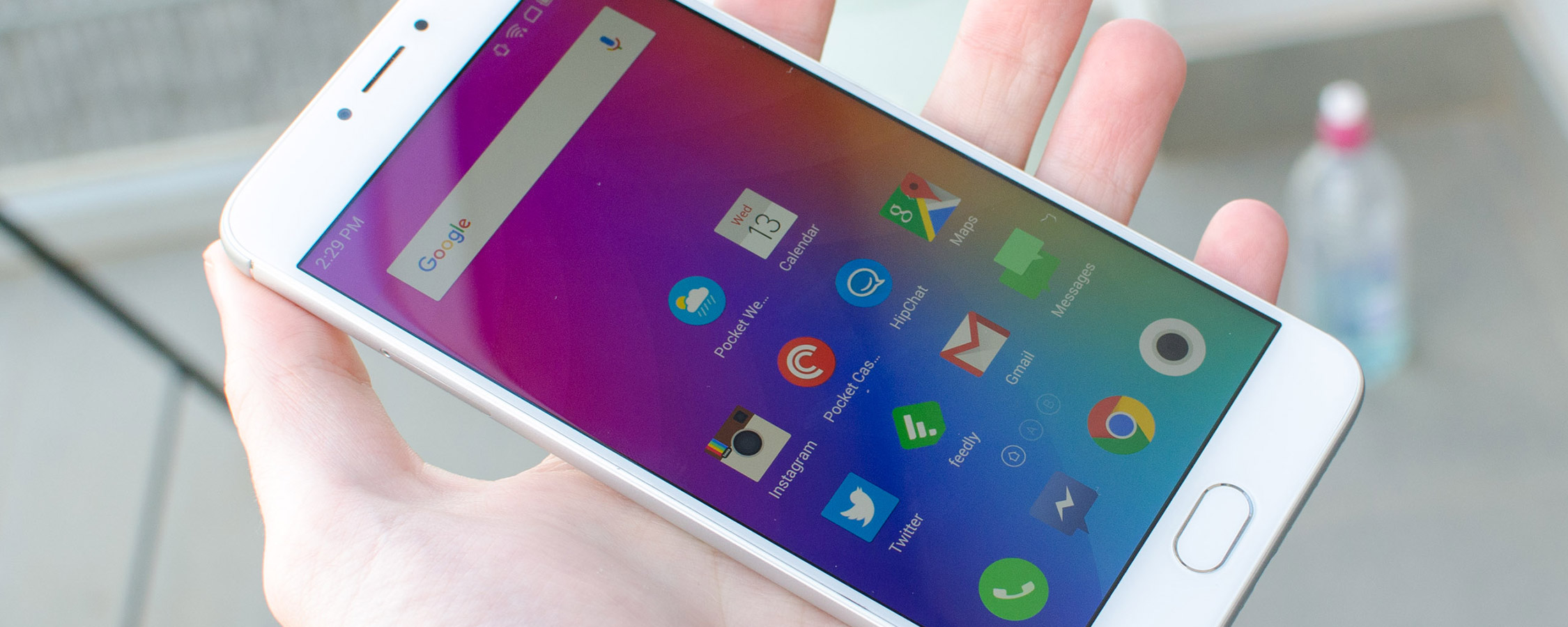GPU and Storage Performance




In graphics benchmarks, the m3 Note performs strongly. The Helio P10's Mali-T860 MP2 is around 2.5x faster than the Adreno 306 in the Snapdragon 410, which makes this SoC well suited to rendering games and apps at 1080p. The Snapdragon 410 is unsuitable for anything above 720p, so this gives MediaTek an advantage with their entry-level SoC design.
In on-screen benchmarks, the m3 Note was around 39% faster than the Moto G 2015, which is a good result considering the m3 Note has a 1080p display compared to 720p on the Moto G. This leads to great in-game performance and the capability to play the vast majority of Android games without stutter or major frame rate dips.
One thing to note here is that last-generation 1080p flagships that use Qualcomm's Snapdragon 801 SoC still significantly outperform the m3 Note in graphics benchmarks. So while the Helio P10 is perfectly fine for 1080p smartphones, performance levels haven't reached that of older high-end products at the same resolution. In the real world, this might mean you can't play some graphically intense games on the highest settings.
With that said, the m3 Note has no issues with throttling, unlike some older flagships.


NAND performance from the m3 Note is mid-tier. Read performance is slightly ahead of the Moto G 2015, however write performance is below average. This is a pretty typical showing for a budget device, and aside from the Umi Touch I rarely see excellent storage performance from this class of handset.
